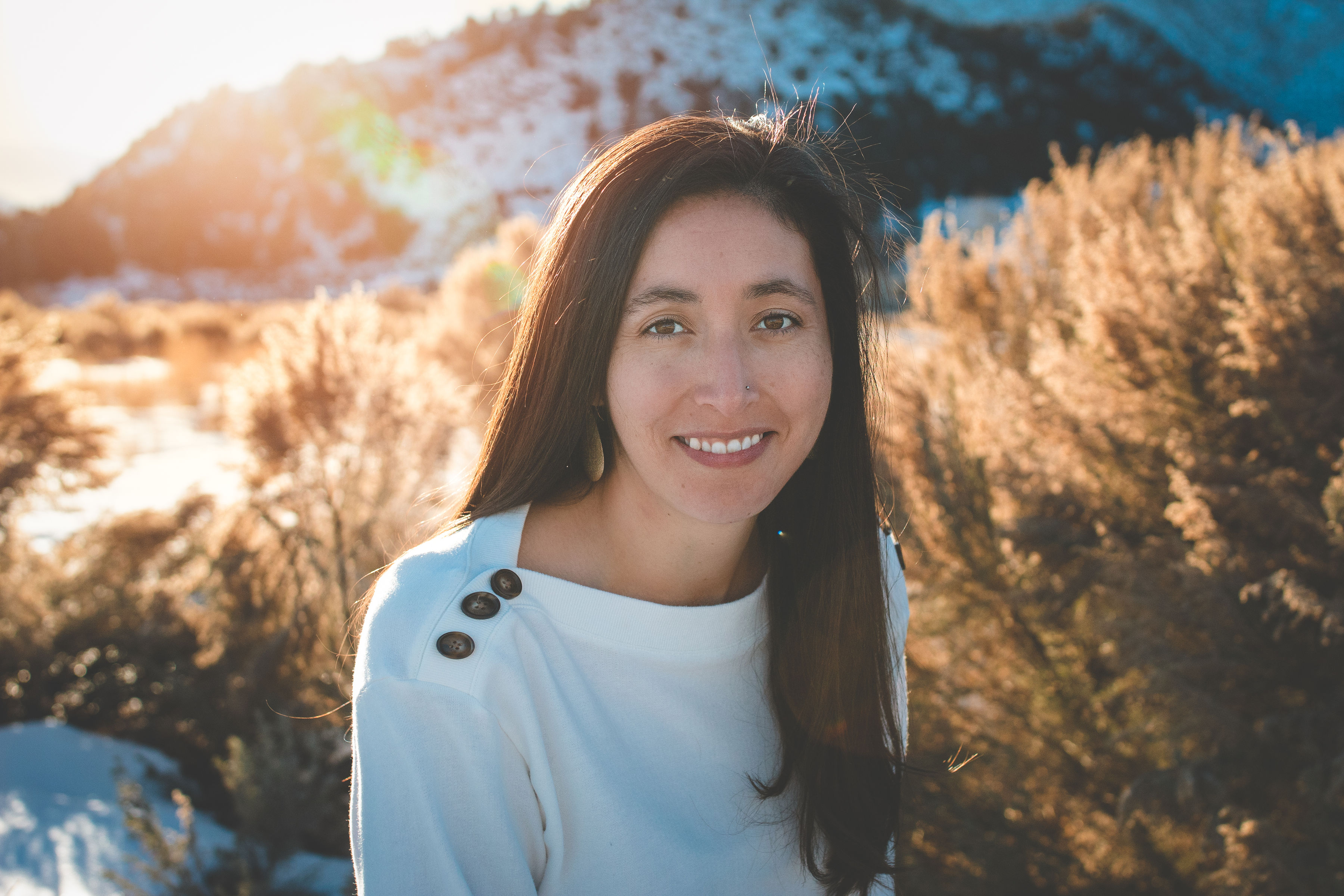Next Gen Navigator
NGSS Implementation in a Rural Mountain School: A Veteran Teacher’s Perspective
By Autumn Rivera
Posted on 2022-09-29
Disclaimer: The views expressed in this blog post are those of the author(s) and do not necessarily reflect the official position of the National Science Teaching Association (NSTA).
As a veteran middle school science teacher of 17 years and 2022 Colorado Teacher of the Year, I have watched the science classroom change dramatically. Classrooms once filled with memorization of the scientific method and cookbook labs now have a more student-centered environment in which scientific skills and content are equally valued. I write as a science content lead for teachers in my school district and building and as president-elect of the Colorado Association of Science Teachers.
During my time as a science content lead, I have watched the struggles teachers face to fully implement not just new content, but also a new approach to science instruction in the three years since Colorado began implementing the Next Generation Science Standards (NGSS). Many teachers have struggled to understand what's different about the NGSS. Some view the NGSS as just a new way to organize the same content they have been expected to teach for years. Others haven’t fully grasped the idea that the practices and crosscutting concepts are equally as important as the core ideas. In conversations with teachers, I try to demonstrate why these three dimensions are crucial for student learning. Understanding how to develop and use models and looking for patterns are part of science, too.
Many strategies that support classroom teachers with implementing NGSS can address these issues. It is important to provide teachers with ongoing, segmented professional learning. NGSS implementation is a huge switch for many teachers, especially for veteran teachers who have taught science one way for a long time. Teachers need time to experience the new changes as a learner and time to contemplate the new standards and consider how they can implement them in their classroom.
For example, while taking a semester-long course with the University of Colorado on NGSS assessment and instruction, we as educators were able to work with other teachers who were teaching the same grade level as we did. It was helpful to have space to brainstorm ideas and learn from one another. The sharing of lessons and phenomena, as well as opportunities to give one another feedback on our creations, made our learning stronger and more meaningful. Since completing that course, I still check in with classmates to exchange ideas and for support.
Having teachers serve as mentors in implementation is crucial for reaching all teachers. One benefit of this course is that it was virtual. As we move forward to support rural teachers, it is key to provide virtual options so they, too, can have high-quality professional learning opportunities.
In my time as a teacher, I have learned that one of the best ways teachers can help create a more equitable science classroom is to build strong relationships with your students by getting to know their interests, likes, and dislikes. Once you’ve collected that information, you can use it to guide your instruction.
In addition, when some students don’t have the same background knowledge as other students, provide them with a common experience. When I taught students about the Colorado River, for example, not all my students had been on the river. I was able to partner with a local rafting company to take all my students on the river. Providing students with a grounding experience allows the phenomenon–in this case, of the power of the river—to be more meaningful. When the phenomena are more student-driven and meaningful, student engagement and authentic learning will increase.
NGSS are an exciting change in science education. Once teachers fully understand the difference between the older methods of teaching science and teaching science with the three dimensions, they get excited! NGSS takes what we as science teachers love about science and makes the instruction more focused and coherent. Teachers need opportunities for ongoing learning, accessible to them wherever they are, to support equitable implementation. Remembering to support all the students in our classroom should be at the forefront of all discussion in and out of the classroom.

Autumn Rivera is a middle school science teacher in Glenwood Springs, Colorado, as well as an adjunct professor in the education department at Colorado Mountain College in Glenwood Springs. She is the 2022 Colorado Teacher of the Year and a finalist for the 2022 National Teacher of the Year. Rivera also serves as president-elect of the Colorado Association of Science Teachers.
Note: This article is featured in the September 2022 issue of Next Gen Navigator, an e-newsletter from NSTA that delivers information, insights, resources, and professional learning opportunities for science educators by science educators and focuses on the themes highlighted in Call to Action for Science Education and on the Next Generation Science Standards and three-dimensional instruction. Click here to sign up to receive the Navigator.
The mission of NSTA is to transform science education to benefit all through professional learning, partnerships, and advocacy.
NGSS Three-Dimensional Learning


